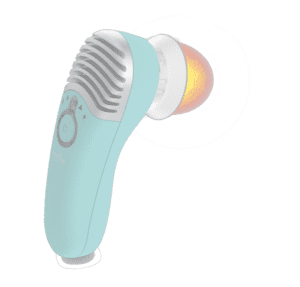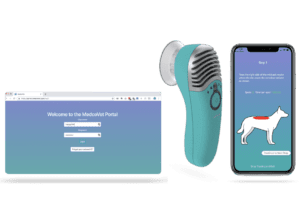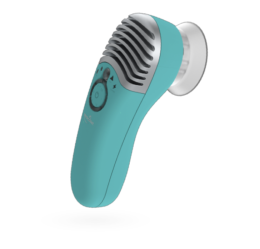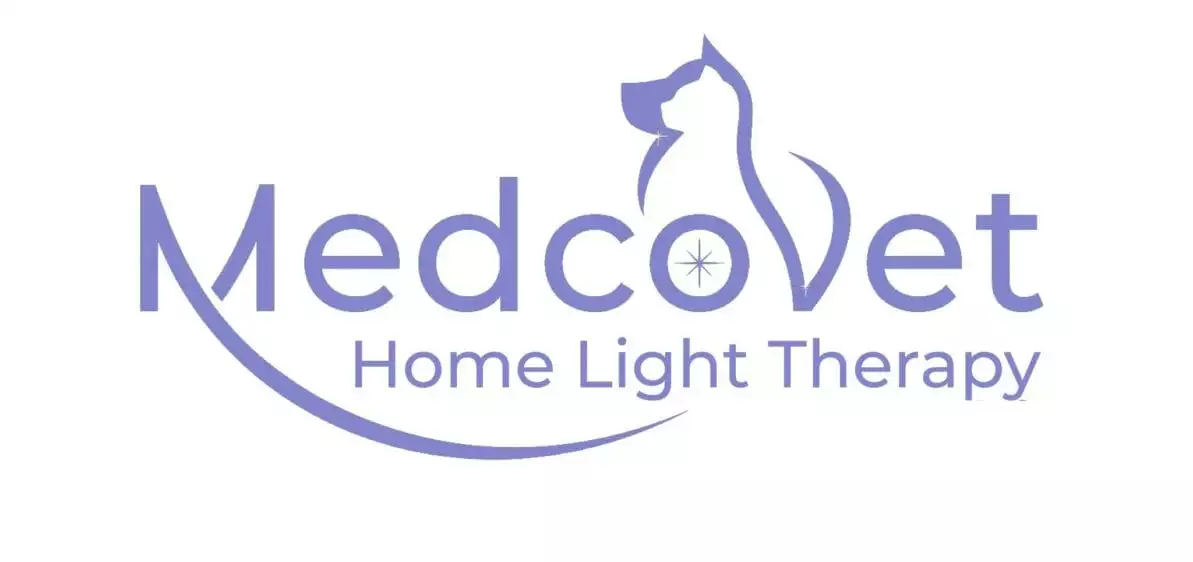Efficacy of Photobiomodulation (PBM)
When it comes to laser therapy, bigger is not always better. Recent  research regarding efficacy has shown that – in certain situations – high power lasers did not increase it. There was one thing that did…
research regarding efficacy has shown that – in certain situations – high power lasers did not increase it. There was one thing that did…
In over 50 years of photobiomodulation research, there have been consistent observations of the biphasic dose response curve known as hormesis. Hormesis describes the existence of a maximum dose of light to get the maximum effect of whatever is being measured. If the dose exceeds this number, the benefit obtained decreases until it disappears.
Hormesis Explained
There are several ways to measure and modulate dosage. Most scientists and researchers use energy density (J/cm²), while others use power density (mW/cm²) or even total energy (J). Time and frequency of application can also be modulated to improve patient outcomes, and there is some evidence that these variables show the same biphasic dose response. Furthermore, the accumulative dosage is also taken into account with daily repetitions between 3-7 sessions having been shown to elicit a maximum beneficial number.
The biphasic dose response has been observed and documented both in laboratory animal models and in vitro culture studies. However, the values of the maximum dose of energy density have varied widely depending on the cell type, wavelength, and what exactly is being measured. This variability means that researchers cannot set an exact response curve that applies to all dosages and all patients.
Additionally, researchers saw further variability in cellular response. For cells that are highly responsive to light (brain, muscle & nerve cells), the dose is lower than for cells which are less responsive to light (skin, tendon & cartilage cells). Essentially, the lower the dose, the greater the benefit and overall efficacy of the treatment. Studies showing the biphasic dose response effect in animals are becoming more and more prevalent and verifiable.
Impact to Treatment Plans
So, what does this concept mean to the veterinarian who is using PBM to treat an animal in their care?
Similarly, with Low Level Laser Therapy (L³T), we want to maintain the same lower level of intensity, but with the best penetrative capacity to impart healing and lead to an efficacious result. Hence, the type of treatment selected varies in duration but not intensity, keeping one variable constant & ensuring better patient response and overall efficacy.
As one can imagine, different patients (even of the same species) may respond differently to light therapy. Therefore, it’s a good idea to start off gradually until the responsiveness of the patient is clear. Since most conditions – arthritis, neuropathy, dermatologic conditions, etc. – will likely require several successive treatments, it should become evident relatively early on how well the patient is responding.
If no initial response is seen, and the patient is tolerating their treatments well, then it is reasonable for the veterinarian to recommend a dose increase, even up to 5X more than the initial. The most commonly seen side effect of an excessive dose is increased inflammation, +/- agitation. Essentially, an ‘overdose’ in L³T cancels out the benefits, and the process will need to be restarted.
The bottom line is that L³T is consistently showing both empirically and in evidence-based situations that in this type of therapy you don’t have to go big or go home. You can instead stay home & stay small.

Dr. Michael R. Hamblin
Chief Science Officer (CSO)
Medcovet

Luma
At MedcoVet, we aim to make light therapy available and affordable to anyone that needs it. So, we would like anyone interested, curious, practiced or skeptical to join our community and the discussion.

